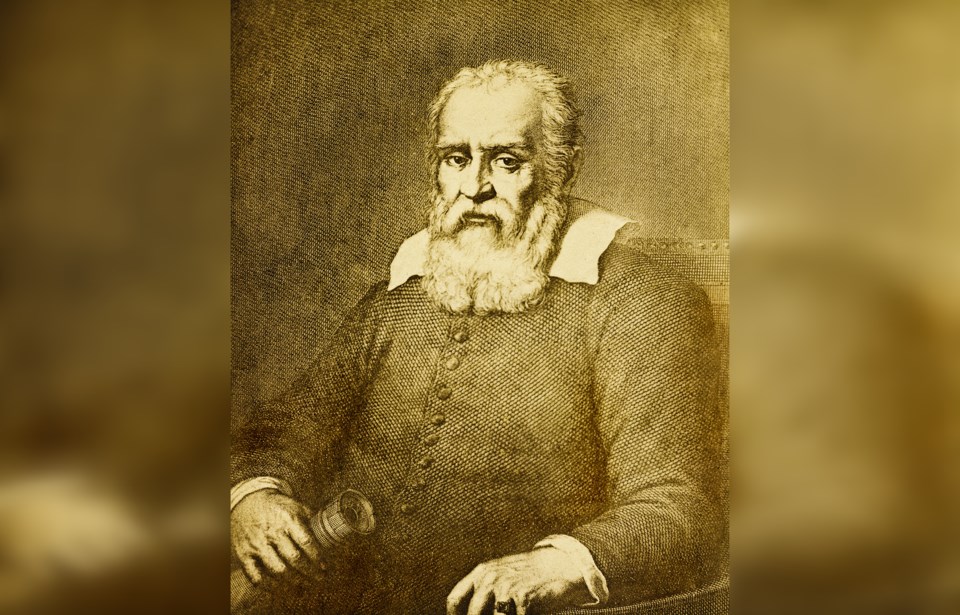We’ve had some nice clear skies during June on the Sunshine Coast and we could see Venus swinging out toward Mars while we left Mars behind in our orbit around the Sun. The end of June has them about 3.6 degrees apart, but Venus is now swinging back between us and the Sun and the tilt to its orbit takes it further to the south by the time it passes between us and the Sun on August 13. During July the apparent diameter of the crescent will grow from 34 to 54 arcseconds; it should be possible to see Venus as a thin crescent with binoculars, preferably on a tripod, until it vanishes in the twilight horizon by late July.
Mars continues around the Sun, moving east against the stars and passes less than a degree from Regulus, the bright star in Leo from July 8 – 10. It scoots past Regulus from the right to the upper left; with a bright star next to it, it’s easy to see why the Greeks named these “planets,” which meant “wanderers.”
With the Sun so high in our northern sky, if you have a dark sky and a view to the north it may be worth looking for noctilucent clouds. The Astronomy Picture of the Day site has some beautiful archived pictures of these clouds, if you don’t know what to look for. These are eerie but beautiful clouds visible well after sunset in the north. They resemble cirrus clouds – mares’ tails – but are far higher at about 80 to 90 km altitude. They appear to form in the mesosphere, higher than aircraft or balloons go but too low for satellites, and therefore aren’t well understood. I’ve read that the tiny amounts of dust from meteor incinerations act as condensation nuclei for the trace amounts of supercooled water vapour present.
There isn’t much other planetary action this month but for orbital mechanics reasons, fans of the International Space Station will have a wonderful suite of passes during July and into August. Around the summer solstice, its orbit keeps in sunlight longer each evening so that some nights you can see four passes from late evening to early morning. The best source of pass info as far as I know is the Heavens Above website; just plug in your latitude and longitude from Google Earth and you can see every satellite pass in the sky, if you like.
I’ll wrap up the foursome of astronomy rock stars from the 16th and 17th centuries with a tribute to Galileo, or, more correctly, Galileo di Vincenzo Bonaiuti de’ Galilei, born in Pisa in 1564. While his biography would fill a number of books, his accomplishments are epic. In 1609 he constructed a telescope after reading about one from the Netherlands and, in short order discovered: the Moon is not a mottled perfect sphere but has mountains and valleys which he detailed in a topographical map. He discovered four “stars” that circled Jupiter in regular, predictable orbits, to the point that his tables of eclipses of these could be used as a clock to tell the time on Earth (sort of). He discovered the rings of Saturn, although he thought they were planets in a three-body system. Later, he saw they had disappeared, which confused him further. Actually, at that time, Saturn’s orbit had brought its rings to an edge-on position to Earth and they were invisible. He also proved by direct observation that Venus orbited the sun, not the Earth, by virtue of the phases it displayed. He proved with his Tower of Pisa experiment that objects in Earth’s gravity all fall with the same acceleration, independent of their mass, but he also understood the effects of air resistance and why the flight of a cannonball was not quite a perfect parabola. I think the term polymath would be entirely appropriate to describe him.
Galileo’s writings concerning the heliocentric nature of the solar system got him into hot water later in his life with the Church consensus based on Biblical references. Then, as now, politics forced its way into science and, while his discoveries eventually left the Earth-centric solar system figuratively twisting in the wind, he was fortunate enough to literally escape the same fate himself. Isaac Newton, among others, considered him a huge pioneer of natural philosophy, what became known as science.
While the Sunshine Coast Astronomy Club has paused its public meetings for the summer, there will be members in attendance during many events. Please check the Club website for details at: https://sunshinecoastastronomy.wordpress.com/



